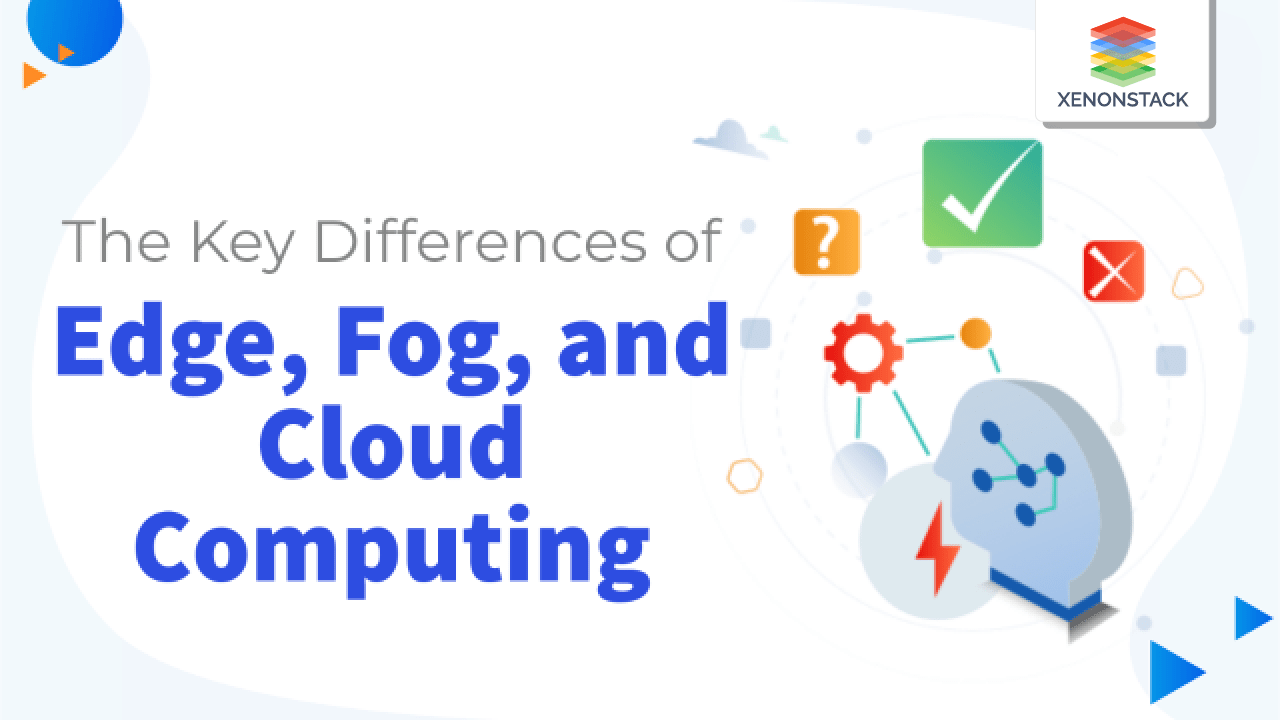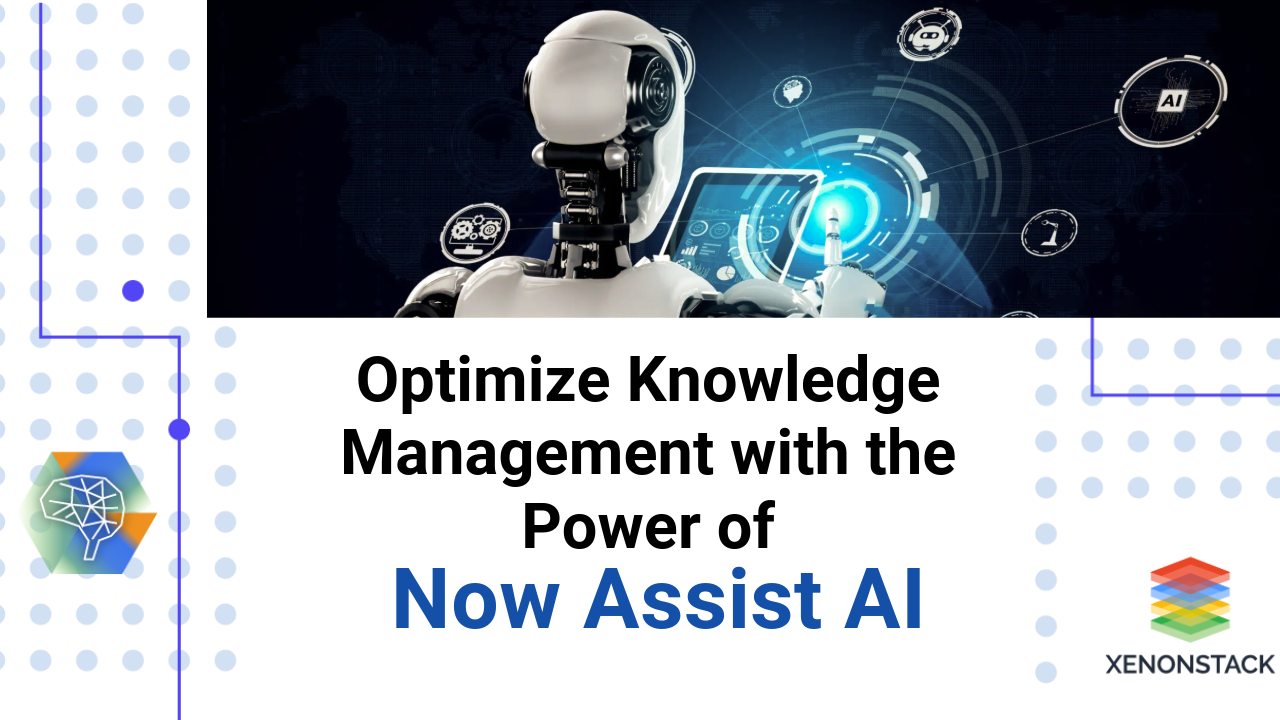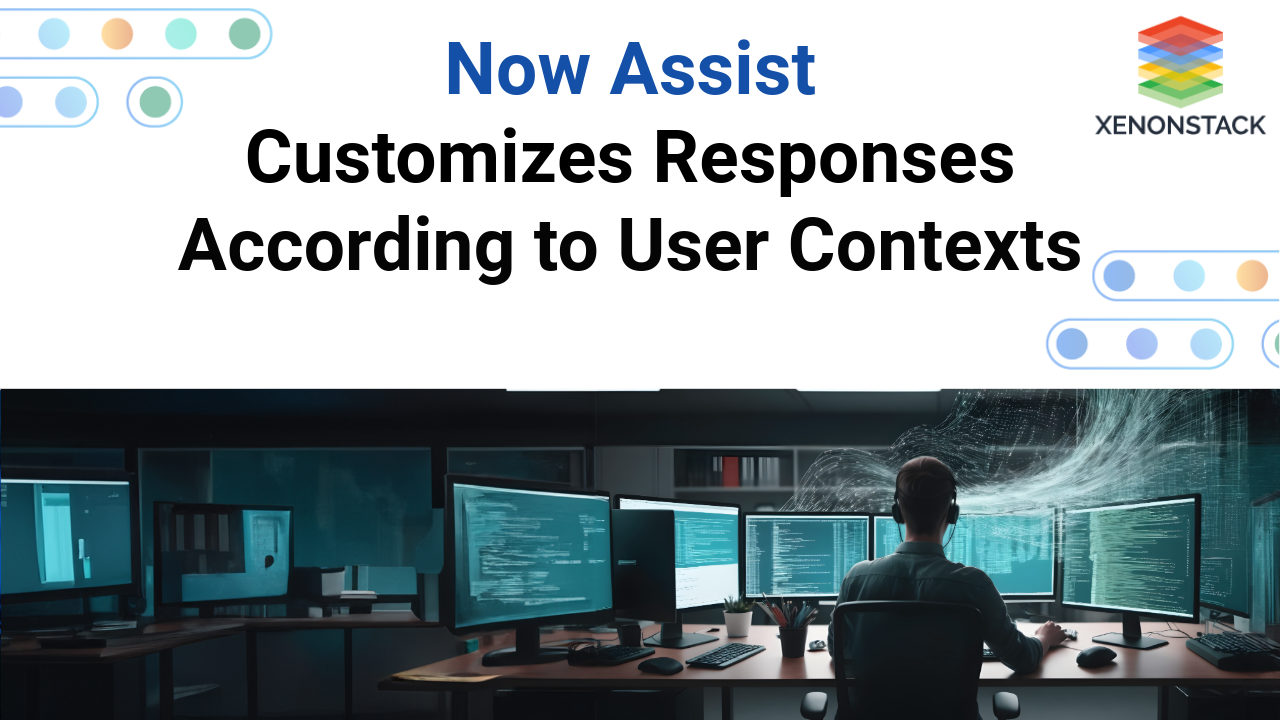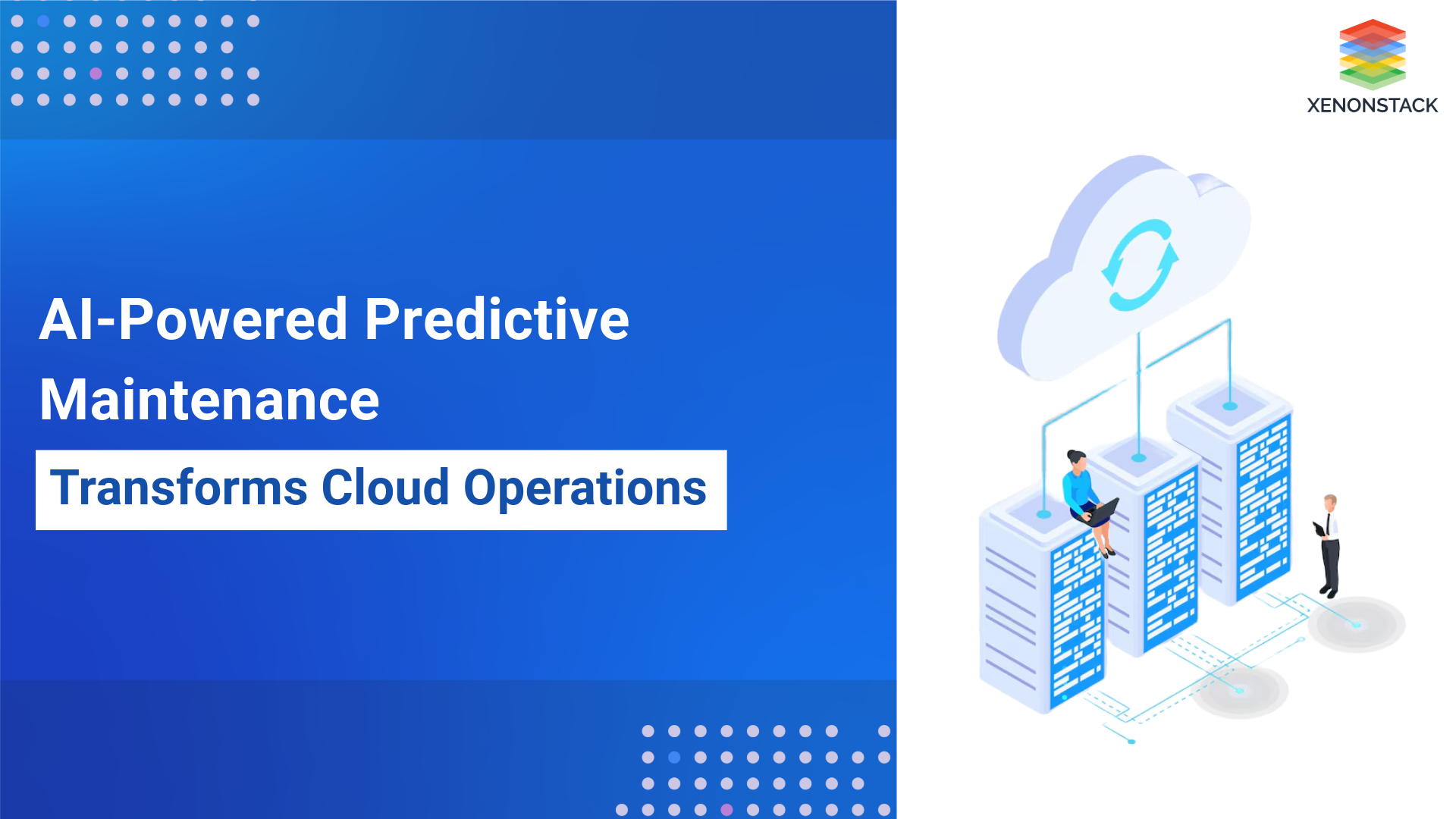
Overview of Edge Computing
The term “Edge Computing” refers to the processing as an appropriated worldview. It brings information about data and registers power nearer to the gadget or information source where it's generally required. Edge Computing is connected to dealing with persistent data near the data source, which is considered the 'edge' of the association. It's connected to running applications as truly close as possible to the site where the data is being made instead of bringing together cloud or data accumulating zone.
Edge figuring was made due to Internet of Things devices' momentous advancement, which partners with the web to tolerate information from the cloud or pass on data back to the cloud.
Decrease the communication latency between edge/cloudlet servers and end-users, resulting in shorter reaction times than conventional cloud services. Click here to know the Difference, Edge Computing vs Cloud Computing
What are the Benefits of using Edge Computing?
Security
-
When all of your data must eventually feed to its cloud analyzer through a single pipe, the critical business and operating processes that rely on actionable data are highly vulnerable.
-
Edge computing also helps companies overcome local compliance and privacy regulations, and data sovereignty.
Cost Savings
-
Edge computing permits you to arrange your information from an administration viewpoint. By holding as much information inside your edge areas, you reduce the requirement for expensive transmission capacity to associate the entirety of your areas, you reduce the need for costly bandwidth to connect all of your locations, and bandwidth translates directly into dollars.
-
Edge computing isn’t about eliminating the need for the cloud. It is about optimizing your data flow to maximize your operating costs.
What is Fog Computing?
-
Fog computing decentralized registering framework in which information where data, figures, information sources, and applications have discovered someplace near the data source and the cloud.
-
Like edge computing, fog handling brings the cloud's central focuses and power closer to where data is made and followed upon. Many people use fog computing and edge computing interchangeably because both involve bringing intelligence and processing closer to where the data is created. Many people use fog computing and edge computing interchangeably because both involve bringing intelligence and processing closer to where the data is created.
What is Cloud Computing?
-
Cloud computing is the norm of IoT data storage at this moment. It's the figuring where information is put away on various workers and can get online from any tool.
-
Rather than saving data to the nearby hard drive on a solitary PC, clients store it on outsider online workers.
-
To get to information, a client needs to enter a record related to the cloud administration.
-
The information starts to finish encryption, so even specialist organizations have no admittance to the client's substance. For the Internet of Things, this implies safely putting away and dealing with a great deal of information and having quick admittance to it from various gadgets, whenever, anyplace.
An approach to developing, building, and shipping applications using modern Cloud computing. Read more about Cloud Native Applications Design and Architect
Edge Computing vs. Fog Computing
-
“Fog computing and edge computing are effectively the same things. Both are concerned with leveraging the computing capabilities within a local network to carry out computation tasks that would ordinarily have been carried out in the cloud,” said Jessica Califano, head of marketing and communications at Temboo.
-
The main difference between edge computing and fog computing is where data processing occurs.
-
“Edge computing usually occurs directly on the devices to which the sensors are attached or a gateway device that is physically “close” to the sensors. Fog computing moves the edge computing activities to processors that are connected to the LAN or into the LAN hardware itself so that they may be physically more distant from the sensors and actuators.” said Paul Butterworth, co-founder and CTO at Vantiq.
-
Along these lines, with Fog computing, the information is prepared inside a node or IoT gate arranged inside the LAN. As for edge computing, the information is handled on the device or sensor without moving anywhere.
Edge computing Vs. Fog Computing Vs. Cloud Computing
Given below are the differences between Edge computing Vs. Fog Computing Vs. Cloud Computing:
Location of Data Processing
-
The Main Difference between edge computing, cloud computing, and fog computing is that edge computing is where data processing occurs.
-
For Cloud computing, data is processed on a cloud server located far away from the information source. One example is storing data in the cloud by creating an instance like EC2 instances on Amazon service.
-
Edge computing occurs most of the time our IoT sensors are connected.
-
Fog Computing shifts the edge computing tasks connected to the LAN hardware or for LAN direct to be more distant to the sensors.
Processing Power and Storage Capabilities
-
Cloud computing provides high level and very advanced processing technology capabilities. It can store more data storage than fog computing with limited processing.
-
Compared to edge computing, the process power and storage capacity are even lesser than cloud computing for IoT devices and sensors.
Purpose
-
Cloud computing is completely suited for the long term, in-depth analysis of data and storage. On the other hand, Fog and Edge computing are more suitable for the quick analysis required for real-time response.
Secure applications and data even if located distantly. The best solutions include People, Processes, and Technology. Taken From Article, Cloud Governance Challenges and Best Practices
Conclusion
Cloud technologies already bring multiple advantages to the IoT, but progress doesn’t end here. Here is a trend about cloud computing, which is the most prominent form of IoT data management. Fog computing, cloud computing, and edge computing technologies have irreplaceable solutions to many IoT challenges.
- Read more about Edge Analytics Applications
- Complete Guide to Enable Artificial Intelligence in Retail
- Explore Google Cloud Solutions for Reducing Operational Costs




